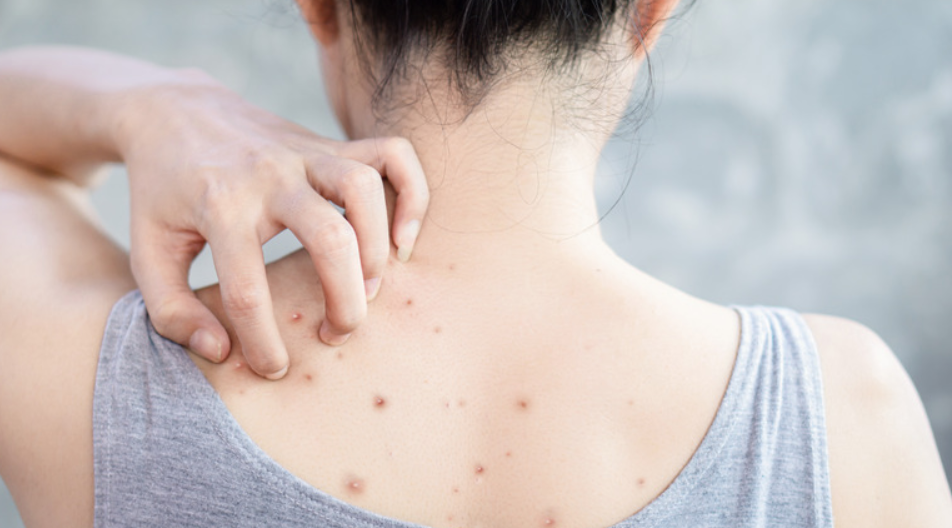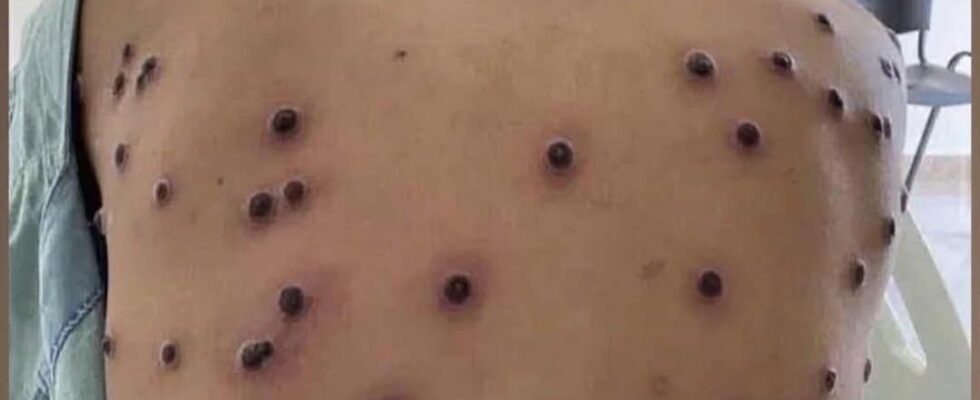📌 Back Acne (Bacne): What It Means and Why It Happens
If you’re experiencing a lot of pimples on your back, it’s not uncommon, and it can be frustrating. Here’s what it could mean, the possible causes, and what you can do about it.

🔍 What Are Back Pimples?
Back acne (also called bacne) happens when your hair follicles get clogged with:
-
Excess oil (sebum)
-
Dead skin cells
-
Bacteria
This can lead to whiteheads, blackheads, painful cysts, or inflamed red bumps.
🧠 What Causes It?
Here are the most common reasons:
-
Hormonal changes – Especially during puberty, menstruation, or stress (which increases oil production).
-
Sweating and friction – Tight clothes, backpacks, or not showering after workouts can trap sweat and bacteria.
-
Poor hygiene – Not washing your back thoroughly, especially after sweating.
-
Diet – Some people break out from dairy or high-sugar diets.
-
Genetics – If your family has a history of acne, you may be more prone to it.
-
Skin or hair products – Some lotions, body washes, or shampoos can clog pores (“comedogenic” products).
⚠️ What It Could Mean About Your Health
In most cases, back acne is not dangerous. But if it’s:
-
Severe,
-
Painful, or
-
Spreading quickly,
…it might indicate a hormonal imbalance (like PCOS in women), high stress levels, or even an allergic reaction.
If it doesn’t improve, seeing a dermatologist is a good idea.
💡 How to Treat and Prevent Back Acne
✅ Daily care:
-
Use a gentle body wash with salicylic acid or benzoyl peroxide.
-
Avoid heavy lotions or oils on your back.
-
Wash your back after sweating.
-
Wear loose, breathable clothing.
-
Change bed sheets regularly.
🧴 Helpful products:
-
Salicylic acid sprays (easy to apply on the back)
-
Benzoyl peroxide wash (5–10%)
-
Non-comedogenic moisturizers
🚫 Avoid:
-
Scrubbing too hard (irritates the skin)
-
Picking at pimples (causes scarring)
🩺 When to See a Doctor
-
If it’s painful or cystic
-
If it leaves dark spots or scars
-
If over-the-counter products don’t help after 4–6 weeks
A dermatologist can prescribe stronger treatments like topical retinoids, antibiotics, or hormone therapy.
